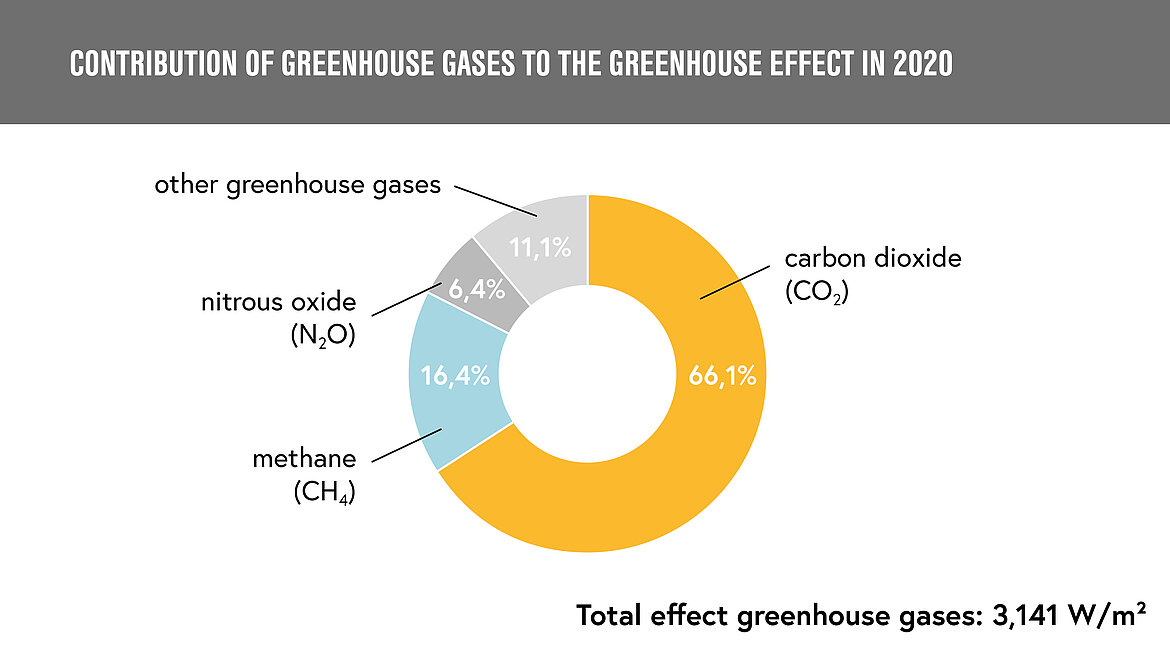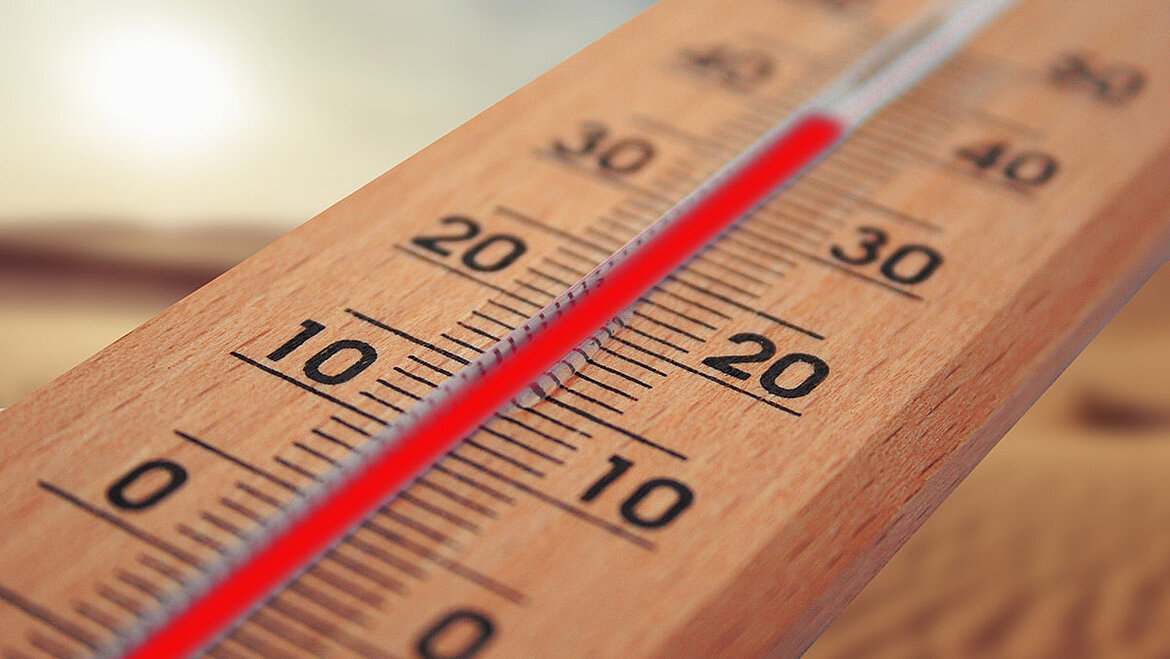
Temperatures are rising every year, as are sea levels. Scientists have found that the average global temperature has already risen by about 1.0°C since industrialization. According to an international team of scientists, one consequence of rising temperatures is the melting of glaciers in Antarctica, which is estimated to raise sea levels by up to 58 centimetres by 2100.
The topic of climate change is heavily debated among politicians, in the economy as well as in society. Thus, it is an omnipresent topic - but what impact do the changes in climate actually have on weather events in Germany and Europe?
What actually is the difference between weather and climate?
The terms climate and weather are often used synonymously. They don't mean the same though. While climate refers to a statistically observable period of time and to a larger area, weather, on the other hand, refers to the condition at a specific time in a specific place.
Thus, climate indicates the weather of a region or climatic zone over a longer period of time. According to the World Meteorological Organization (WMO), a period of at least 30 years should be looked at here.
When it comes to weather, on the other hand, current values of the atmosphere are determined. Here, the following crucial weather elements, among others, are included in the analysis:
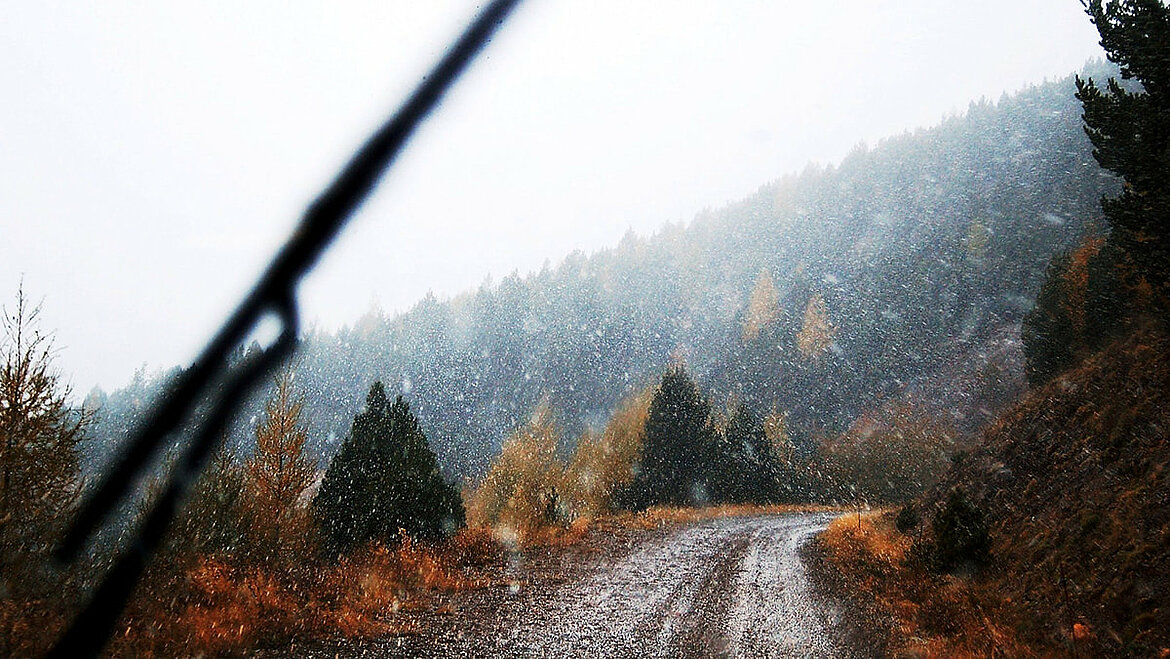
Air temperature
The air temperature describes the thermal state of an air volume and is specified in meteorology in Kelvin (K) or degrees (°C).
Humidity
The proportion of water vapour or gaseous water.
Rain
Rain refers to precipitation in liquid form.
Clouds
A hydrometeor consisting of smallest particles of water or ice, or even both, is called a cloud.
Winds
Winds are defined as noticeably more strongly moving air outdoors, which can take on different strengths. Winds are therefore the displacement of air particles and their direction or speed. Attention is paid to the direction and speed of the winds.
In recent years, both the intensity of precipitation and the temperature are changing continuously. Longer periods of heat have resulted in droughts. Storms are also occurring more frequently now.
But why is the climate changing in the first place?

The changes in climate have different reasons: They can be quite natural, such as the dependence of the climate on solar activity or the effects caused by slight variations in the Earth's orbit. In addition, solar activity, for example, influences the solar cycles and thus the temperatures in the atmosphere and on Earth.
Not only the distance of the sun to the earth and the varying inclination of the solar radiation to the earth have an influence on the climate. In addition to these factors, various other components also have to be analyzed. For example, an increasing number of greenhouse gases in the atmosphere. This can also have a natural cause: For example, processes such as ice melt, volcanism or evaporation cause an increased composition of greenhouse gases in the atmosphere since they release more than 20 different greenhouse gases into the atmosphere.
Or are humans responsible for climate change?
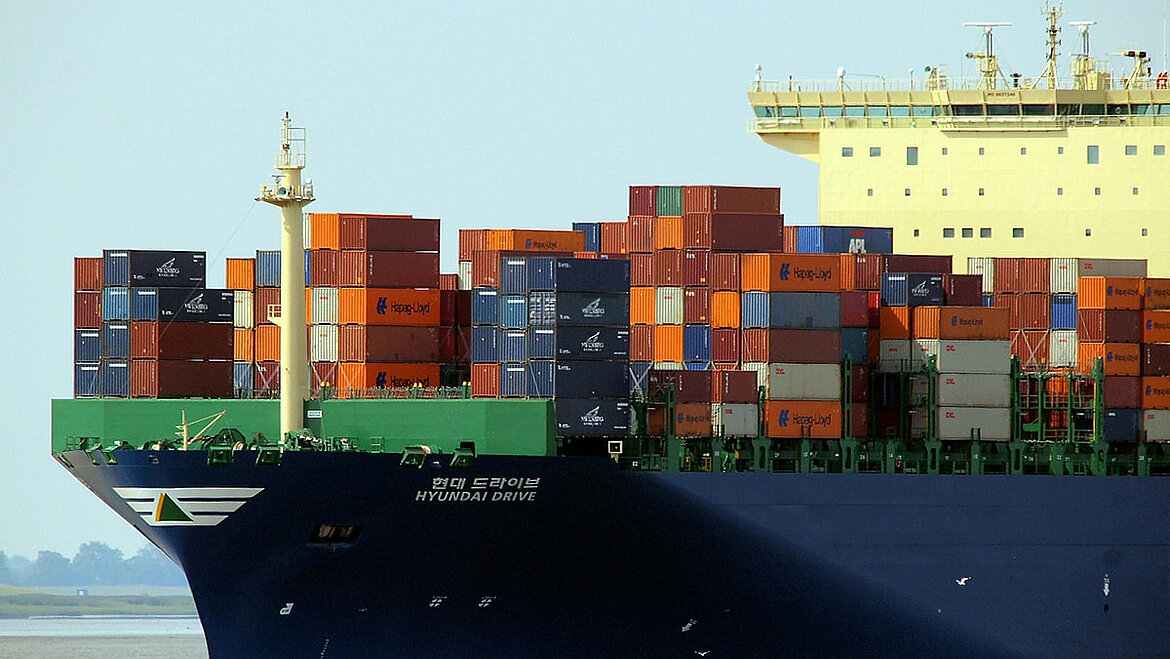
The increased rise in greenhouse gases, however, is not only due to natural causes. Humans also have a major influence on their increase. These anthropogenic effects have a far greater impact on the environment than the natural ones.
Due to industrialization and the ever-growing global economy, more and more greenhouse gases are pumped into the atmosphere, which store the energy of the sun and thus heat.
What are greenhouse gases and how are they produced?
Greenhouse gases are gaseous components of the atmosphere. They cause the so-called greenhouse effect. Greenhouse gases that are released into the atmosphere have an enormous impact on the climate. The following greenhouse gases are the most commonly cited in connection with climate change:
- Carbon dioxide (CO2) has the greatest impact. This greenhouse gas is primarily produced by the combustion of fossil energy sources such as coal, crude oil or natural gas. Electricity and heat generation, industrial production and transport also produce anthropogenic carbon dioxide. The clearing of forests has also led to a drastic increase in CO2 in the atmosphere.
- In addition, methane (CH4) makes up a large proportion of anthropogenic greenhouse gases. In Germany, CH4 is mainly produced by agriculture and forestry. Here, factory farming can be mentioned in the first place. Landfills and sewage treatment plants, however, also release large quantities of methane.
- Humans are also responsible for the next gas in the group of greenhouse gases: Nitrous oxide (N2O) or so-called laughing gas enters the atmosphere primarily through fertilizer containing nitrogen or factory farming.
- Together with these three gases, the fluorocarbons or F-gases are also named, which do not occur in their form in nature. These gases are mainly produced as coolants or extinguishing agents. F-gases are also produced as a component of sound insulation panes.
Why are greenhouse gases actually so bad?
The so-called greenhouse effect leads to global warming. But how does that actually work?
To be able to answer this question, the difference between short-wave and long-wave thermal radiation first has to be clarified. The incident solar radiation on the earth is mainly short-wave. Short-wave rays, or light, therefore strike the earth from the sun.
In contrast, the thermal radiation (infrared) emitted from the earth's surface is long-wave.
In a greenhouse, for example, the short-wave solar radiation is allowed to pass through, but the long-wave thermal radiation is retained – the plants grow faster due to the remaining heat. The same thing happens in the atmosphere – gases such as carbon dioxide, methane or nitrous oxide, for example, allow most of the short-wave solar radiation to pass through, while they absorb the long-wave thermal radiation. This causes them to re-emit the Earth's long-wave thermal radiation in all directions – including, of course, toward the Earth's surface.
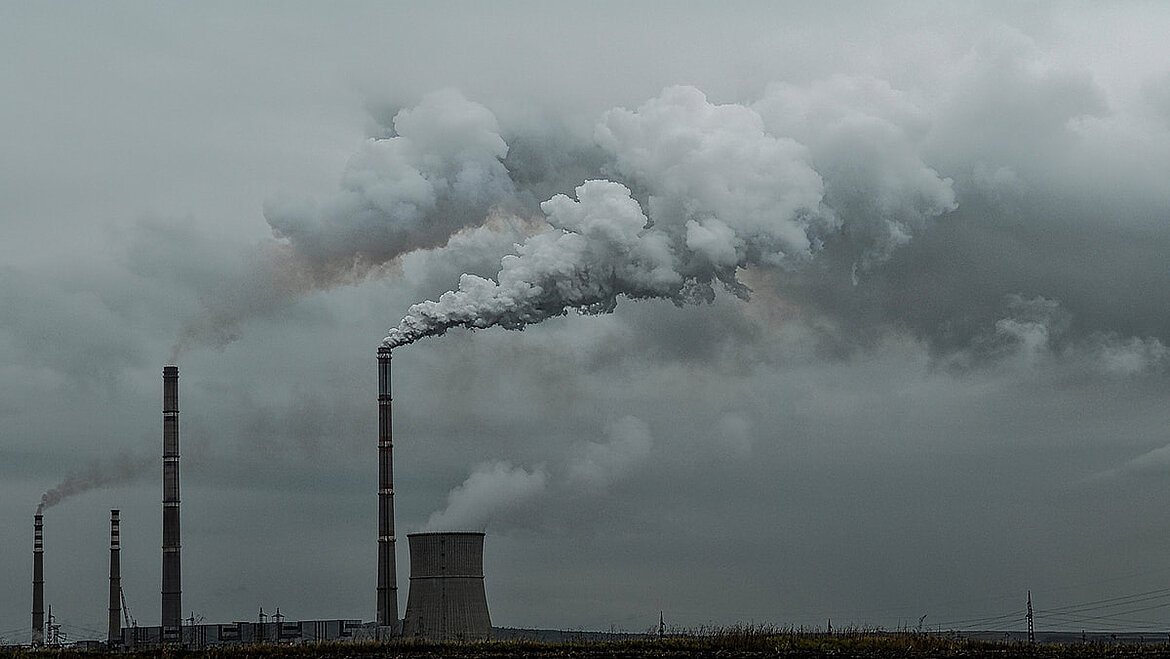

Without greenhouse gases in the atmosphere, the thermal radiation of the earth's surface, the clouds and the atmosphere itself would simply be emitted into space. Due to the increasing proportion of greenhouse gases in the atmosphere though, this radiation is stored or released into the lower atmosphere, which consequently warms up. The natural greenhouse effect results in a global average temperature of approximately 15°C, because without greenhouse gases this would be -18°C.
Normally, the carbon dioxide CO2 produced on earth is converted into oxygen by plants. Since more CO2 is produced on earth through industrialization than plants can convert though, the composition of the atmosphere is changed. As a result, more heat remains on earth and the temperature rises.
Impacts on our climate
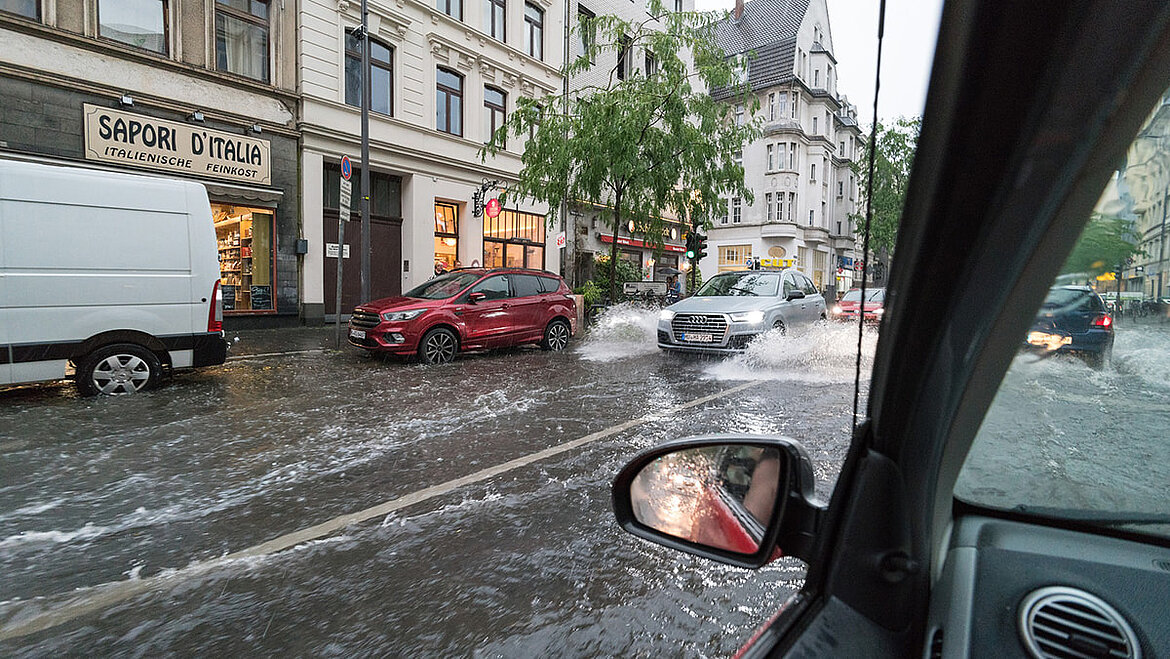
So, greenhouse gases are a factor that contributes to climate change. This climate change is accompanied above all by storms, droughts and floods.
But what if nothing changes in the amount of emissions?
Without a significant reduction in greenhouse gas emissions, an extreme rise in average temperature is inevitable. Rising temperatures will cause glaciers to melt, which in turn will cause sea levels to rise.
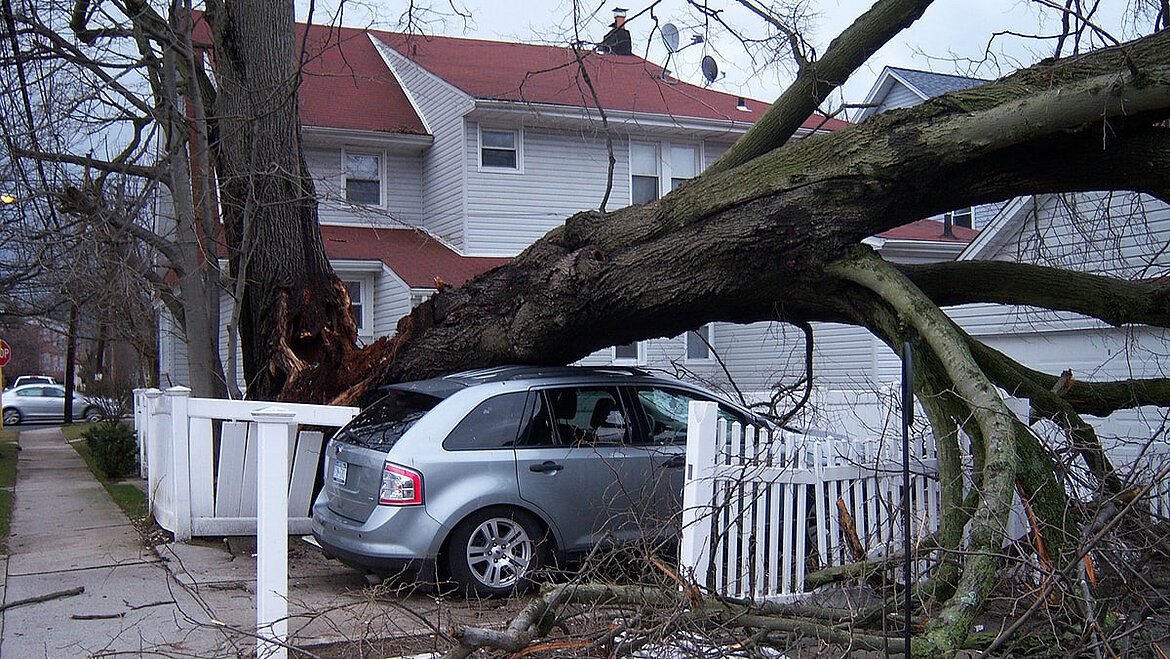
The effects of climate change are also being felt in Germany
In Germany, the average temperature has been rising continuously for more than 40 years. Our summers are becoming drier and hotter, and winters are also changing noticeably – they are becoming wetter and milder every year. In addition, weather phenomena such as heavy rain or heat waves are increasing significantly. Extreme weather events, such as the Elbe floods in 2002, are no longer a rarity.
Uprooted trees that leave damage to houses and on train tracks, untiled roofs and industrial halls, dry fires that devastate entire areas – extreme weather events are not only threatening to humans, they also endanger vegetation and the animal kingdom.


